
Read more about Medieval History
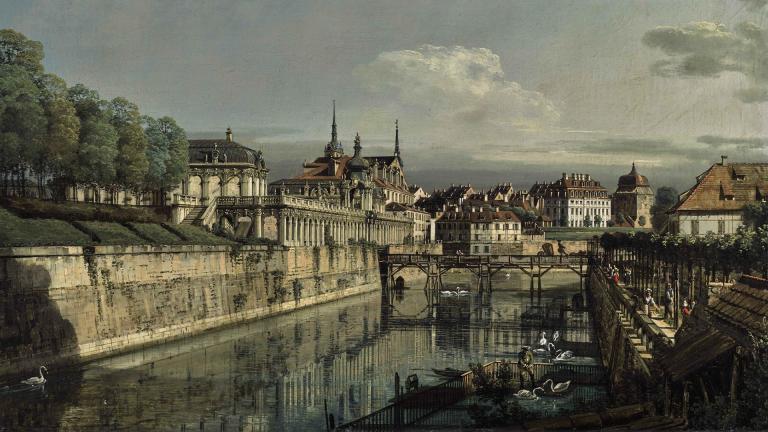
The Nazis didn’t just systematically murder six million Jews during the state-sponsored genocide known as the Holocaust. They stole art on an industrial scale. 80 years later, some of those masterpieces are finally finding their way back to the families, galleries, museums and collectors they were taken from.
Keep reading as we spotlight 10 Nazi-looted masterpieces that have now been returned to their rightful owners. Each case showcases how, piece by piece, Europe is mending what theft and persecution tried to erase.
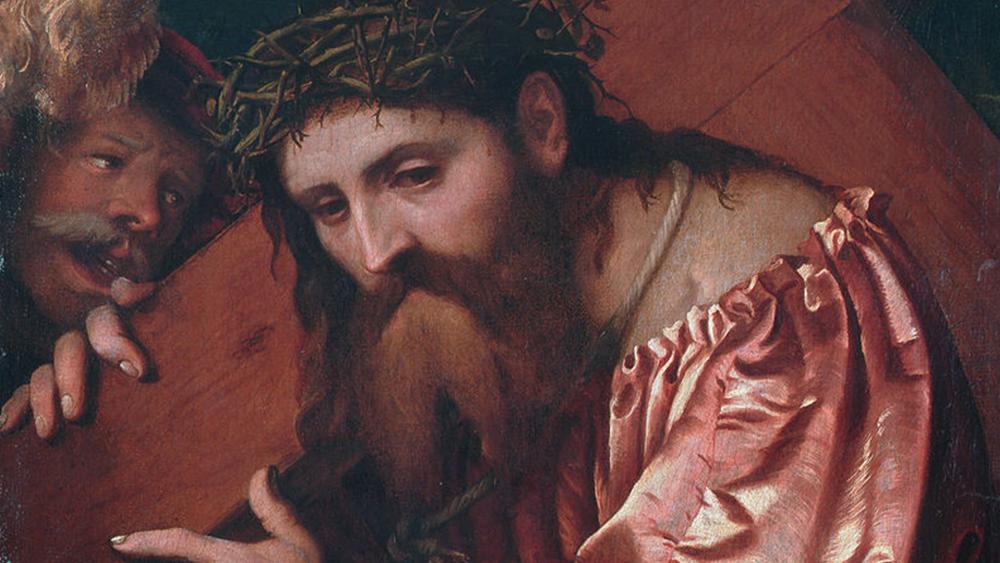
In 2012, a 400-year-old masterpiece stolen from Nazi-occupied France was returned to its rightful owners. U.S. authorities handed back Girolamo Romanino’s Cristo Portacroce to the Gentili family, with Homeland Security Investigations (HSI) Special Agent in Charge Susan McCormick officially signing over custody to Maître Corinne Hershkovitch, who travelled from France to receive the artwork. It all started with an Interpol tip after the painting was scheduled to go on exhibit at the Mary Brogan Museum of Art and Science in Tallahassee.
'Thanks to the tireless efforts of those involved, we are now righting a wrong perpetrated more than 70 years ago,' said McCormick. 'HSI will continue to investigate cases involving stolen art and cultural property from around the world and return the objects to their rightful owners.'
It’s not the first time HSI has repatriated artwork, with the agency repatriating thousands of items to more than 20 countries since 2007.
When the Tate Gallery acquired Henry Gibbs’s Aeneas and his Family Fleeing Burning Troy in the 1990s, nothing seemed amiss. Decades later, the Spoliation Advisory Panel confirmed the 17th-century artwork was stolen by Nazi Germany as 'an act of racial persecution' and should be returned to its true owner. The museum agreed, with Tate director Maria Balshaw saying it was 'a profound privilege to help reunite this work with its rightful heirs.'
More than 80 years after it was stolen, Giuseppe Ghislandi’s Portrait of a Lady has resurfaced. Its location? A Buenos Aires house once owned by a senior Nazi official. It was spotted hanging in an estate agent’s photo and is apparently one of hundreds looted from art dealer Jacques Goudstikker, who helped Jews escape Nazi persecution. This work has yet to be formally returned, though efforts continue to bring it back to the Goudstikker family.
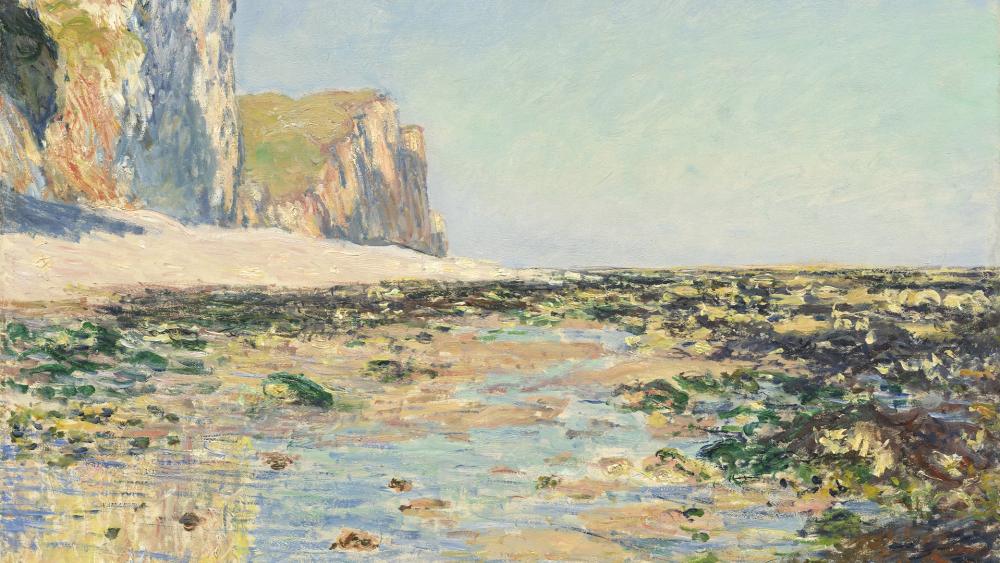
In 2024, a Claude Monet pastel called Bord de Mer (Seaside) was voluntarily surrendered after being discovered for sale at a New Orleans art gallery. The Commission for Looted Art in Europe helped trace the artwork and reunite it with its original owners.
2022 was a special year for French art galleries. The country passed special legislation allowing its museums to deaccession certain looted works. Among the first to leave the national collections was Marc Chagall’s Le Père, a tender early portrait of his father.
When officials stepped into Cornelius Gurlitt’s (the son of an art dealer who worked for Adolf Hitler and Hermann Göring) Munich flat in 2012, they found more than 1,500 works. Hidden among them: Henri Matisse’s Seated Woman. It was once in the stock of Paul Rosenberg, the influential dealer targeted by Nazi looting. It wasn’t the only valuable artwork found in the apartment. Officials also uncovered works by Picasso, Chagall, Klee, Courbet, Degas and Renoir. The total estimated value: more than $1billion.
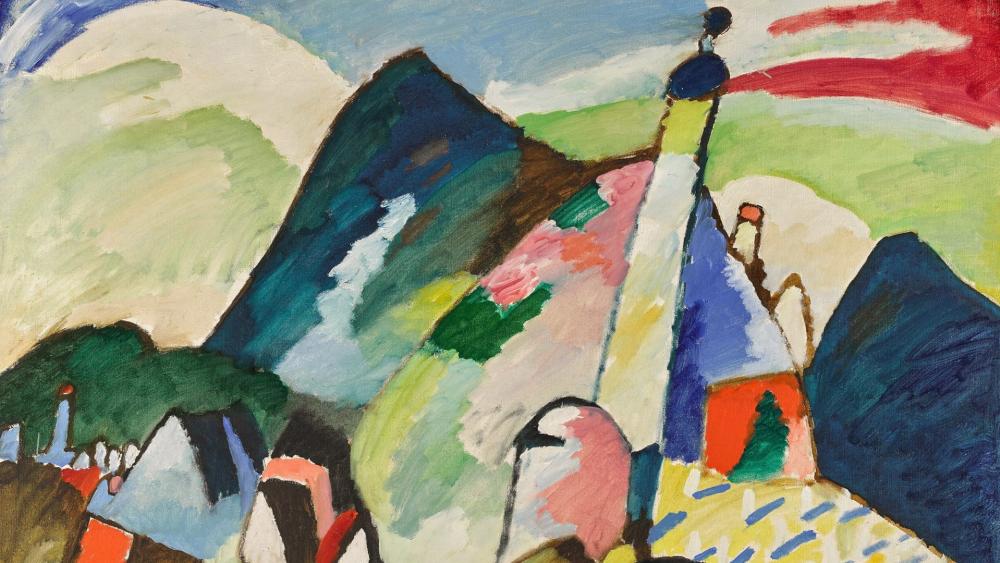
Kandinsky’s Murnau mit Kirche II hung for years at a Dutch museum in Eindhoven. Following a long legal battle, the painting was eventually returned to the great-grandchildren of the original owner. When the painting later sold at auction for a headline figure of £37.2 million, the family made clear: the point wasn’t profit. Proceeds were channelled into tracing the rest of the collection dispersed under Nazi persecution.
Berlin’s Alte Nationalgalerie returned Camille Pissarro’s A Square in La Roche-Guyon to the heirs of Armand Isaac Dorville, a Jewish lawyer and art collector. Then the museum did something instructive: it bought the work back, this time with its history front and centre. Visitors still see the sunlit French square, but the object label now states how and why it left, and why it returned.
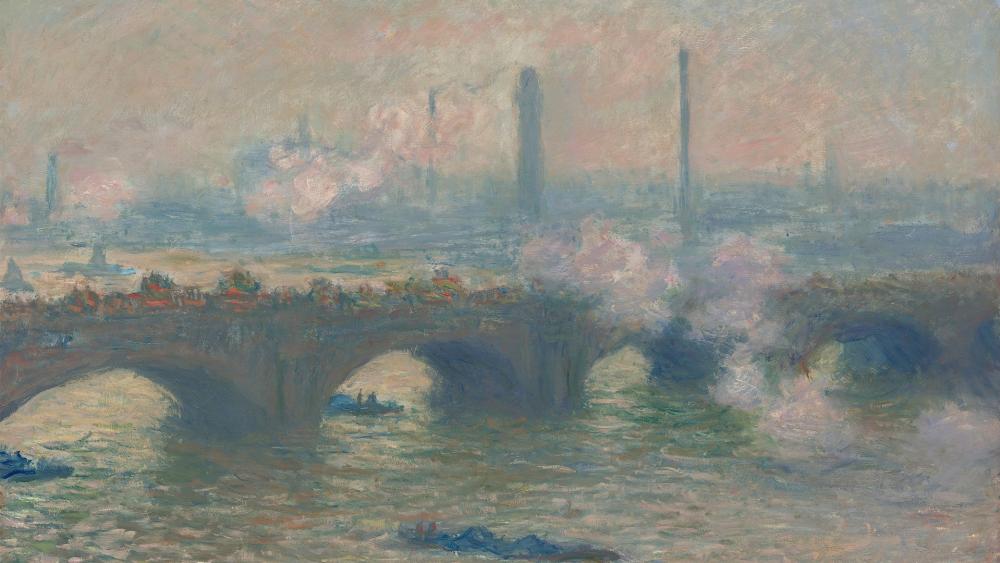
A Monet pastel of Waterloo Bridge valued at US$13 million resurfaced in 2014 from another of Cornelius Gurlitt’s private caches. Only this time, it was hidden in the Austrian town of Bad Aussee. This particular case proves that while it’s easy to assume the big names are 'clean', they often aren’t.
Bernardo Bellotto’s Dresden, A View of the Moat of the Zwinger was technically bought for Hitler in 1938 by one of his top art dealers. The catch? Its owner, Jewish department-store magnate Max Emden, was forced to sell his collection after persecution by the Nazis. It was this caveat that meant the piece was eventually returned to his heirs. And when the Bellotto re-entered the market, its provenance wasn’t buried in the small print. It became the story and helped set its auction starting bid at £4 million.
Whether you’re into art, WWII or a bit of both, subscribe to the Sky HISTORY newsletter and get more like this, direct to your inbox.